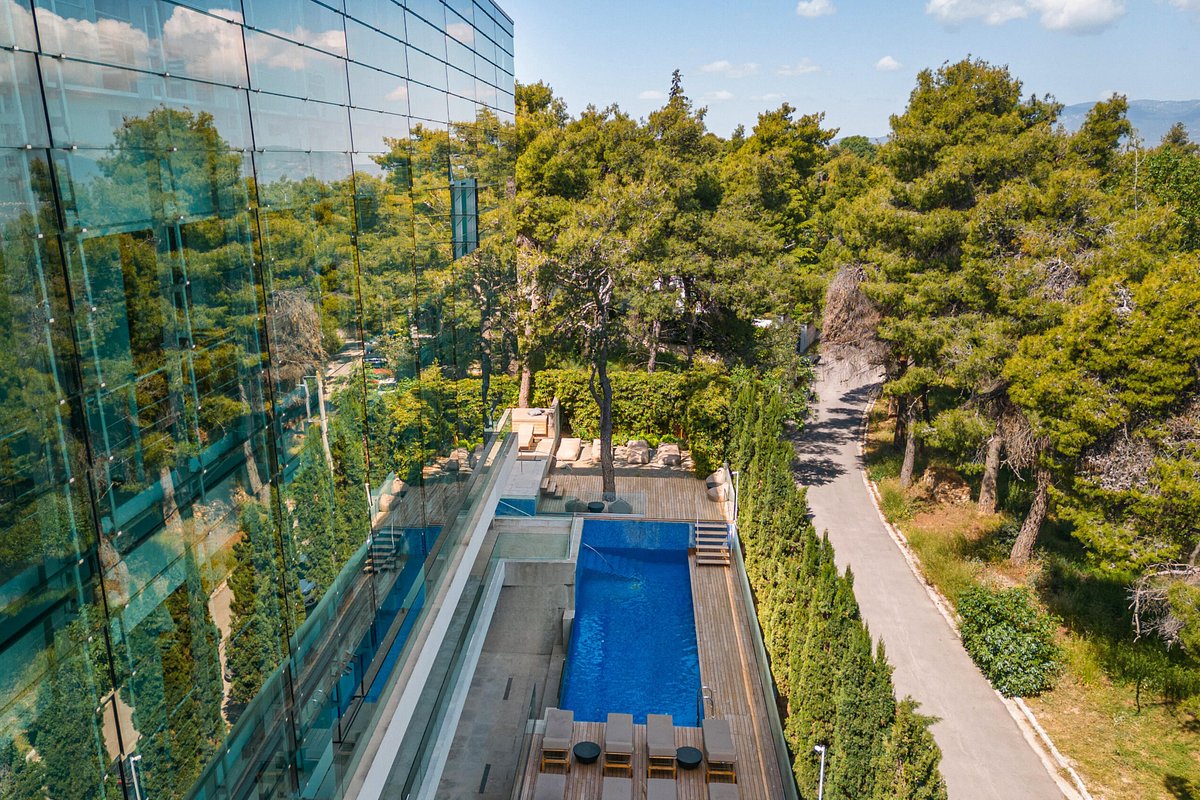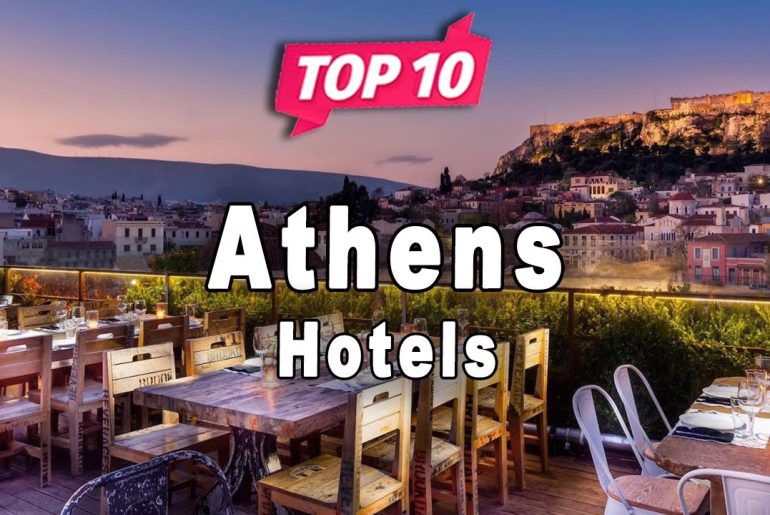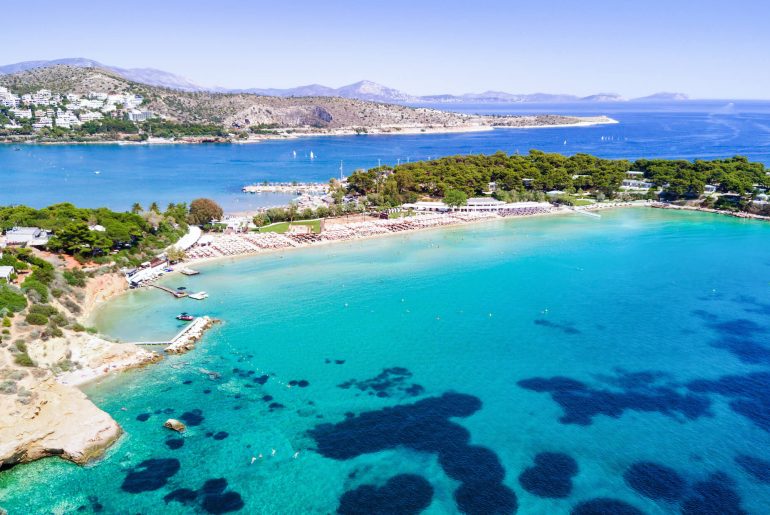Exploring North Athens and Its Suburbs: A Comprehensive Guide
North Athens, a vibrant and diverse region extending beyond the bustling heart of Greece’s capital city, offers an array of attractions that cater to various interests. This area encompasses both urban landscapes and picturesque suburban settings, each with its own unique charm and historical significance. From the serene beauty of Mount Parnitha to the cultural richness of Kifissia, visitors are treated to a blend of natural wonders, architectural marvels, and lively neighborhoods.
The appeal of North Athens lies in its ability to provide something for everyone—whether you’re a history enthusiast eager to explore ancient ruins, a nature lover seeking tranquility amidst lush forests, or simply someone looking to experience authentic Greek hospitality. The region’s accessibility via public transportation and well-maintained roads ensures ease of travel, making it an ideal destination for day trips or extended stays.
This article delves into why North Athens stands out as a must-visit location throughout the year. We’ll examine which seasons offer the best conditions for enjoying these attractions, highlight top-rated places suitable for different preferences, and provide detailed insights about crowd levels, notable monuments, and exact locations so you can plan your visit accordingly. Whether you’re planning a weekend getaway or an adventurous exploration, discovering the treasures of North Athens will undoubtedly enhance your appreciation for Greece’s rich heritage and scenic beauty.
Best Seasons for Visiting North Athens and Its Suburbs
Choosing the right time to visit North Athens and its suburbs can significantly enhance your experience, as each season brings unique characteristics that influence both weather conditions and crowd levels. Understanding these seasonal variations is crucial for maximizing enjoyment and minimizing potential inconveniences.
Summer (June – August)
Summer in North Athens is characterized by warm temperatures ranging from 28°C to 35°C, creating perfect conditions for outdoor activities such as hiking and exploring open-air archaeological sites. However, this period also marks the peak tourist season, leading to larger crowds at popular destinations like Mount Parnitha National Park and the Archaeological Museum of Piraeus. Despite the congestion, the long daylight hours allow ample time for sightseeing, while numerous festivals and events held across the region add vibrancy to the atmosphere. For those who prefer cooler environments, visiting early morning or late afternoon helps avoid the midday heat and reduces exposure to direct sunlight.
Spring (March – May) & Autumn (September – November)
Spring and autumn serve as transitional periods offering milder weather conditions compared to summer, making them excellent alternatives for those seeking more comfortable climates. In spring, temperatures gradually rise, reaching pleasant levels by late May, accompanied by blooming flora that transforms the landscape into a colorful canvas. Similarly, autumn sees pleasant days persisting until early November, marked by golden hues of falling leaves and crisp air. These seasons attract fewer visitors, allowing for more relaxed explorations of historical landmarks and natural reserves. Additionally, the reduced number of tourists often results in lower prices for accommodations and attractions, adding value to your visit.
Winter (December – February)
While winter might not be traditionally associated with tourism, North Athens still offers plenty of reasons to visit during the colder months. Temperatures range between 5°C and 15°C, providing opportunities for cozy indoor experiences such as visiting museums, art galleries, and traditional tavernas. Snowfall occasionally blankets Mount Parnitha, creating stunning winter wonderland views accessible through ski resorts located within the national park. Furthermore, the festive season brings special holiday markets and celebrations, infusing the area with warmth and cheer despite the chill outside.
In summary, while summer remains the most popular season for visiting North Athens due to optimal weather conditions, spring and autumn present attractive options for those preferring quieter surroundings and potentially better deals. Meanwhile, winter provides unique opportunities for cultural immersion and winter sports enthusiasts. By considering these seasonal factors, you can tailor your visit to suit your personal preferences and ensure an unforgettable experience exploring the northern reaches of Athens.
Top Attractions in North Athens and Its Suburbs
North Athens and its surrounding suburbs boast a wealth of attractions catering to diverse interests, each offering distinct experiences that reflect the region’s rich history, natural beauty, and cultural vibrancy. Below, we delve into some of the most notable destinations, highlighting their unique features, accessibility, and suitability for different types of visitors.
Mount Parnitha National Park
Location: Approximately 25 kilometers northwest of central Athens, accessible via GR-1/E65 towards Elefsina, followed by local road networks leading up the mountain.
Features: Spanning over 35,000 hectares, Mount Parnitha National Park is renowned for its biodiversity and panoramic vistas overlooking Attica basin. Home to rare wildlife species including deer and wild boar, the park provides extensive trails suitable for all skill levels, ranging from leisurely walks to challenging hikes. Key highlights include the Parnitha Ski Center, offering winter sports facilities, and the historic Monastery of Agios Ilias perched atop one of the highest peaks.
Crowd Level: Moderately busy; expect higher numbers on weekends and during skiing season but generally quieter than other major tourist spots.
Kifissia Town
Location: Located about 12 kilometers north of downtown Athens, reachable via Metro Line 1 (Proastiakos) or main roads like Mesogeion Avenue.
Features: Known as “the garden suburb,” Kifissia exemplifies elegance and refinement with tree-lined streets, upscale boutiques, and charming cafes. Historical landmarks such as the Palace of Culture and Arts contribute to its cultural significance, while nearby parks like Lycabettus Hill provide recreational spaces for jogging and picnicking. The town also hosts several annual events celebrating local traditions and contemporary arts.
Crowd Level: Typically calm except during festival times when it attracts residents and neighboring visitors alike.
Dionysos Village
Location: Roughly 20 kilometers northeast of Athens center, accessible via Marathonos Avenue or bus routes connecting to Nea Makri.
Features: Nestled beneath the shadow of Penteli Mountain, Dionysos retains much of its rural charm despite proximity to urban areas. Visitors can tour marble quarries responsible for supplying materials used in constructing iconic structures like the Parthenon. Nearby vineyards produce award-winning wines available for tasting sessions, complemented by rustic tavernas serving homemade delicacies.
Crowd Level: Relatively uncrowded, preserving its intimate atmosphere even during peak seasons.
Vari-Voula-Vouliagmeni Area
Location: Although technically situated slightly southward along Saronic Gulf coast, this triad forms part of greater metropolitan Athens’ northern arc accessible via Poseidonos Avenue heading southeast.
Features: Combining modern amenities with traditional seaside allure, this trio of towns offers pristine beaches, luxury resorts, and world-class golf courses set against dramatic cliffside backdrops. Cultural offerings include the Vouliagmeni Lake thermal springs complex and adjacent museum showcasing geological formations unique to the region.
Crowd Level: Can become lively especially around beachfront zones during summer yet maintains manageable flow otherwise.
Each of these attractions contributes uniquely to the tapestry of North Athens and its suburbs, appealing to varied tastes and requirements. Whether you seek adventure amidst untamed wilderness, sophistication within refined neighborhoods, connection with historical roots, or relaxation along coastal paradises, these destinations promise memorable encounters steeped in authenticity and charm.
Monuments and Historical Sites in North Athens and Its Suburbs
North Athens and its surrounding suburbs are replete with monuments and historical sites that narrate stories spanning millennia, offering invaluable insights into Greece’s storied past. These landmarks not only enrich the cultural fabric of the region but also serve as focal points for educational tours and leisurely strolls, drawing visitors eager to immerse themselves in history.
Ancient Marble Quarries of Dionysos
Location: Situated near the base of Mount Penteli, approximately 20 kilometers northeast of Athens, accessible via Marathonos Avenue or guided excursions organized locally.
Significance: Dating back to classical antiquity, these quarries supplied high-quality marble utilized extensively in constructing masterpieces such as the Parthenon and Temple of Olympian Zeus. Walking among remnants of extraction pits and processing areas evokes vivid imagery of ancient craftsmanship and engineering prowess. Interpretive panels placed strategically throughout the site provide context regarding methods employed centuries ago.
Accessibility: Well-marked paths facilitate easy navigation though sturdy footwear recommended due to uneven terrain. Guided visits enhance understanding through expert commentary provided upon request.
Royal Palace Grounds in Tatoi
Location: Located roughly 18 kilometers east of central Athens, off Old National Road towards Spata, requiring private vehicle access given limited public transport options.
Significance: Once home to Greek royal family members during late 19th century, Tatoi estate comprises sprawling gardens interspersed with neoclassical buildings reflecting European architectural influences prevalent at the time. Today, portions remain preserved as protected heritage sites open intermittently for public viewing under supervision.
Accessibility: Limited opening schedules necessitate advance planning; reservations advised particularly if group tours desired. On-site guides deliver comprehensive narratives detailing former inhabitants’ lives alongside broader socio-political contexts affecting monarchy dynamics.
Byzantine Churches Across Region
Scattered throughout North Athens lie numerous Byzantine churches dating from early Christian era up until Ottoman occupation period, testifying enduring faith traditions amidst shifting political landscapes. Notable examples include:
- Panagia Faneromeni Church (Kifissia): Positioned centrally within affluent suburb, this medieval structure exhibits characteristic domed architecture adorned internally with frescoes depicting biblical scenes.
- Agios Nikolaos Ragavas Church (Marousi): Renowned for exquisite wood-carved iconostasis crafted during Venetian rule, it represents synthesis between Eastern Orthodox spirituality and Western artistic techniques.
Accessibility: Most accessible via municipal buses or taxis depending on specific location; entrance fees nominal if applicable. Worship services conducted regularly; respectful attire required when entering sacred spaces.
By engaging with these monumental relics scattered across North Athens and its environs, travelers gain deeper appreciation for layers of civilization layered upon one another over thousands of years. Each visit becomes opportunity to connect personally with echoes past resonating still today through tangible artifacts left behind.
Crowd Levels and Visitor Management Strategies Across North Athens Attractions
Understanding typical crowd patterns and implementing effective visitor management strategies are essential components for ensuring enjoyable experiences at North Athens’ attractions. The region’s diversity in terms of site types—from expansive natural reserves to compact historical venues—affects how crowds form and disperse, influencing both accessibility and overall ambiance.
Mount Parnitha National Park
Crowd Dynamics: As a vast expanse encompassing multiple trailheads and activity hubs, Mount Parnitha accommodates large volumes without feeling overcrowded. Peak usage occurs predictably on weekends and holidays, particularly during skiing season when families flock to enjoy winter sports. Conversely, weekdays see markedly fewer visitors, affording solitude seekers ample opportunity for peaceful exploration.
Management Techniques: To optimize flow, authorities employ staggered parking arrangements near key entry points, directing vehicles efficiently while minimizing bottlenecks. Seasonal passes issued for frequent users streamline check-in processes, reducing wait times at ticket booths. Educational programs targeting school groups schedule outings mid-week, further balancing demand distribution.
Kifissia Town
Crowd Dynamics: Characterized by steady foot traffic concentrated along main shopping districts and cultural centers, Kifissia maintains relatively stable crowd levels throughout operating hours. Special events hosted periodically draw temporary surges, though localized impacts dissipate quickly post-event.
Management Techniques: Strategic placement of information kiosks equipped with interactive maps aids orientation efforts, guiding newcomers toward less congested areas. Collaborative initiatives involving local businesses promote staggered promotional campaigns encouraging off-peak patronage, thereby alleviating pressure on peak intervals.
Dionysos Village
Crowd Dynamics: Given its semi-rural setting, Dionysos typically experiences modest influxes aligned closely with scheduled vineyard tours and quarry viewings. Occasional festivals hosted here generate heightened interest, yet spatial dispersion mitigates any adverse effects.
Management Techniques: Advance booking systems implemented for guided excursions ensure controlled group sizes, maintaining intimate atmospheres conducive to learning. Clear signage directs independent explorers effectively, preventing confusion or accidental trespass onto restricted zones.
Vari-Voula-Vouliagmeni Area
Crowd Dynamics: Beach-oriented establishments witness pronounced fluctuations tied directly to climatic conditions and calendar dates. High-density scenarios unfold primarily during summer months, necessitating robust contingency plans to handle overflow situations gracefully.
Management Techniques: Dynamic pricing models adjust rates based on anticipated load forecasts, incentivizing flexible scheduling among patrons. Additional lifeguard stations deployed during critical periods bolster safety measures, enhancing overall guest satisfaction. Shuttle services connect dispersed anchor points, facilitating seamless transitions between complementary attractions.
Through proactive adoption of these management practices tailored specifically to individual needs presented by varied locales within North Athens, organizers successfully balance preservation imperatives with public access requirements, fostering harmonious coexistence benefiting all stakeholders involved.
Conclusion: Your Ultimate Guide to Discovering North Athens and Its Suburbs
North Athens and its suburbs stand as a testament to Greece’s enduring legacy, blending historical grandeur with contemporary allure in ways that captivate every kind of traveler. Throughout this guide, we’ve navigated the intricate tapestry of seasons, uncovering the optimal times to visit according to whether you seek vibrant energy or tranquil serenity. Each season tells its own story—summer brimming with life and light, spring and autumn offering temperate escapes, and winter whispering tales of quiet reflection and festive joy.
Our journey through specific attractions revealed a spectrum of possibilities tailored to varying desires. From the awe-inspiring heights of Mount Parnitha to the charming streets of Kifissia, each locale invites visitors to connect deeply with its essence. Detailed insights into crowd dynamics and management strategies empower readers to navigate these destinations with confidence, transforming potential challenges into opportunities for enhanced engagement. Moreover, our exploration of significant monuments underscored the importance of preserving cultural heritage while making it accessible to future generations.
As you plan your next adventure into North Athens and its environs, remember that preparation paves the path to profound experiences. Leveraging the knowledge shared herein—from selecting appropriate seasons and identifying ideal sights to understanding crowd behaviors and appreciating historical significance—you position yourself to fully embrace the region’s multifaceted charm. So lace up your walking shoes, pack your curiosity, and prepare to embark on an unforgettable odyssey through one of Greece’s most captivating regions!




